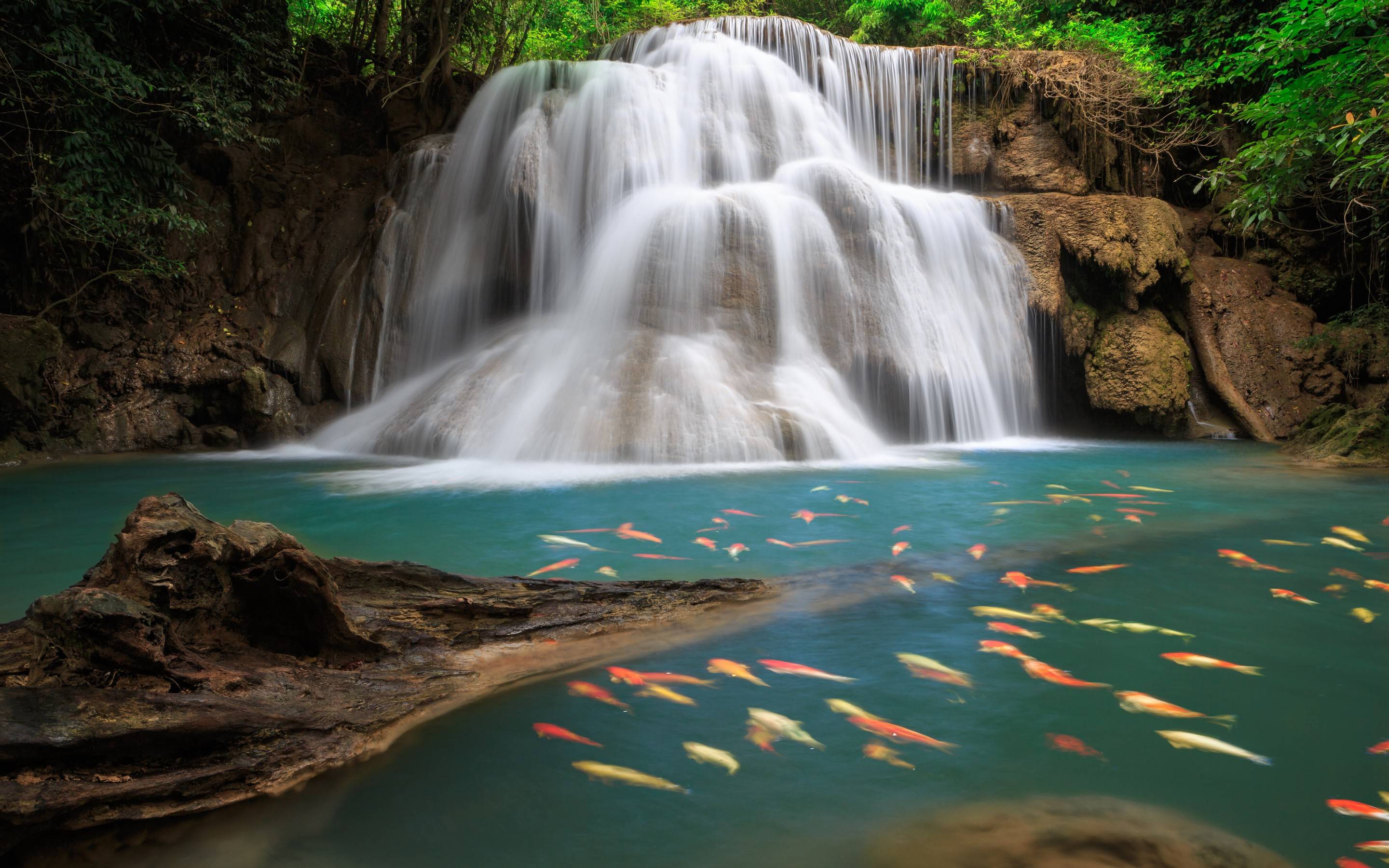- Joined
- May 2, 2019
- Messages
- 48
- Reactions
- 4
Dear Mavic Pilots,
I believe I have a good question.
I have a Mavic 3 original
Now if I want to use D-Log, ( which I’ve not used yet) as you know there is a function on the controller where you can enable, and you can see a normal colour view of what your doing.
Now I just purchased the Avata2 because I want to learn FPV
If I want to film in D-Log or whatever it’s called, do you see the natural view through the goggles 3?
Also, if I use a nd filter as well, will I be able to see the difference as well in my goggles that there is a nd filter on?
If yes, that means when I download my footage , it will be shown in d-log in my editing software right?
And if that is correct, will that particular footage that has been recorded in d-log, and with a ND filter, be the footage downloaded into my editing software ready to be colour graded ?
Best
Greg
I believe I have a good question.
I have a Mavic 3 original
Now if I want to use D-Log, ( which I’ve not used yet) as you know there is a function on the controller where you can enable, and you can see a normal colour view of what your doing.
Now I just purchased the Avata2 because I want to learn FPV
If I want to film in D-Log or whatever it’s called, do you see the natural view through the goggles 3?
Also, if I use a nd filter as well, will I be able to see the difference as well in my goggles that there is a nd filter on?
If yes, that means when I download my footage , it will be shown in d-log in my editing software right?
And if that is correct, will that particular footage that has been recorded in d-log, and with a ND filter, be the footage downloaded into my editing software ready to be colour graded ?
Best
Greg










